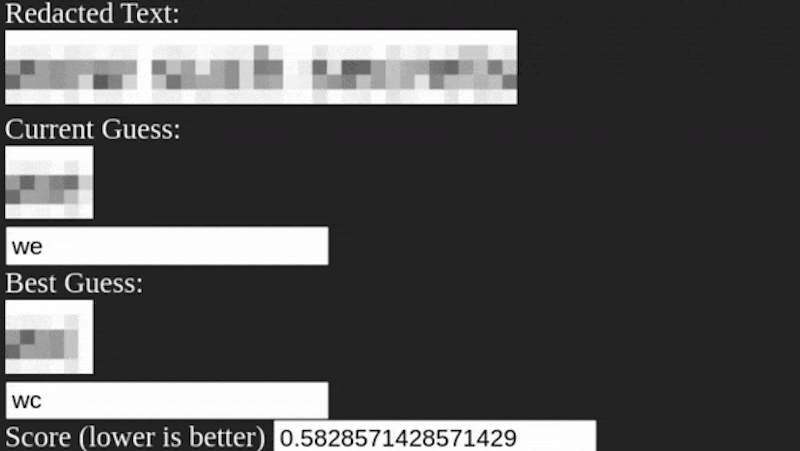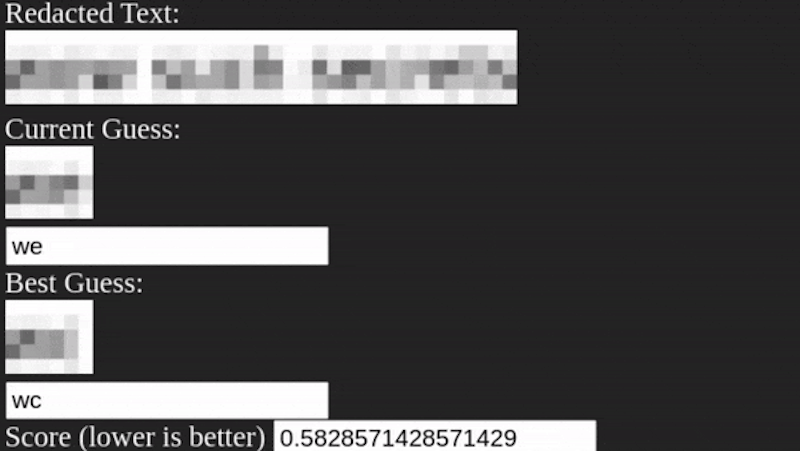America's power grid consists of 3,000 public and private sector power companies, with 55,000 substations scattered across the country. On the CBS News show
60 Minutes, reporter Bill Whitaker notes that each grid hold grid-powering transformers — then tells the story of "
the most serious attack on our power grid in history" on the night of April 16, 2013:
For 20 minutes, gunmen methodically fired at high voltage transformers at the Metcalf Power substation. Security cameras captured bullets hitting the chain link fence.
Jon Wellinghoff: They knew what they were doing. They had a specific objective. They wanted to knock out the substation.
At the time, Jon Wellinghoff was chairman of FERC, the Federal Energy Regulatory Commission, a small government agency with jurisdiction over the U.S. high voltage transmission system.... [T]he attackers had reconnoitered the site and marked firing positions with piles of rocks. That night they broke into two underground vaults and cut off communications coming from the substation.
Jon Wellinghoff: Then they went from these vaults, across this road, over into a pasture area here. There were at least four or five different firing positions.
Bill Whitaker: No real security?
Jon Wellinghoff: There was no security at all, really.
They aimed at the narrow cooling fins, causing 17 of 21 large transformers to overheat and stop working.
Jon Wellinghoff: They hit them 90 times, so they were very accurate. And they were doing this at night, with muzzle flash in their face.
Someone outside the plant heard gunfire and called 911. The gunmen disappeared without a trace about a minute before a patrol car arrived. The substation was down for weeks, but fortunately PG&E had enough time to reroute power and avoid disaster.
Bill Whitaker: If they had succeeded, what would've happened?
Jon Wellinghoff: Could've brought down all of Silicon Valley.
Bill Whitaker: We're talking Google, Apple; all these guys--
Jon Wellinghoff: Yes, yes. That's correct.
Bill Whitaker: Who do you think this could have been?
Jon Wellinghoff: I don't know. We don't know if they were a nation state. We don't know if they were domestic actors. But it was somebody who did have competent people who could in fact plan out this kind of a very sophisticated attack....
A few months before the assault on Metcalf, Jon Wellinghoff of FERC commissioned a study to see if a physical attack on critical transformers could trigger cascading blackouts... The report was leaked to the Wall Street Journal. It found the U.S. could suffer a coast-to-coast blackout if saboteurs knocked out just nine substations....
In 2016, an eco terrorist in Utah shot up a large transformer, triggering a blackout. He said he'd planned to hit five substations in one day to shut down the West Coast. In 2020, the FBI uncovered a white supremacist plot called "lights out" to simultaneously attack substations around the country.
While the threats can also come from the internet, America's deputy national security advisor for cyber (formerly at the NSA) tells the reporter "We've taken any information we have about malicious software or tactics that the Russian government has used, shared that with the private sector with very practical advice of how to protect against it."
The reporter later spoke to the president's homeland security advisor, who points out there's no specific national regulation for the power plants, arguing that one of the system's strengths is "the resources for energy are different in different regions."
But they also acknowledged the federal government is now setting standards "in a variety of arenas."





